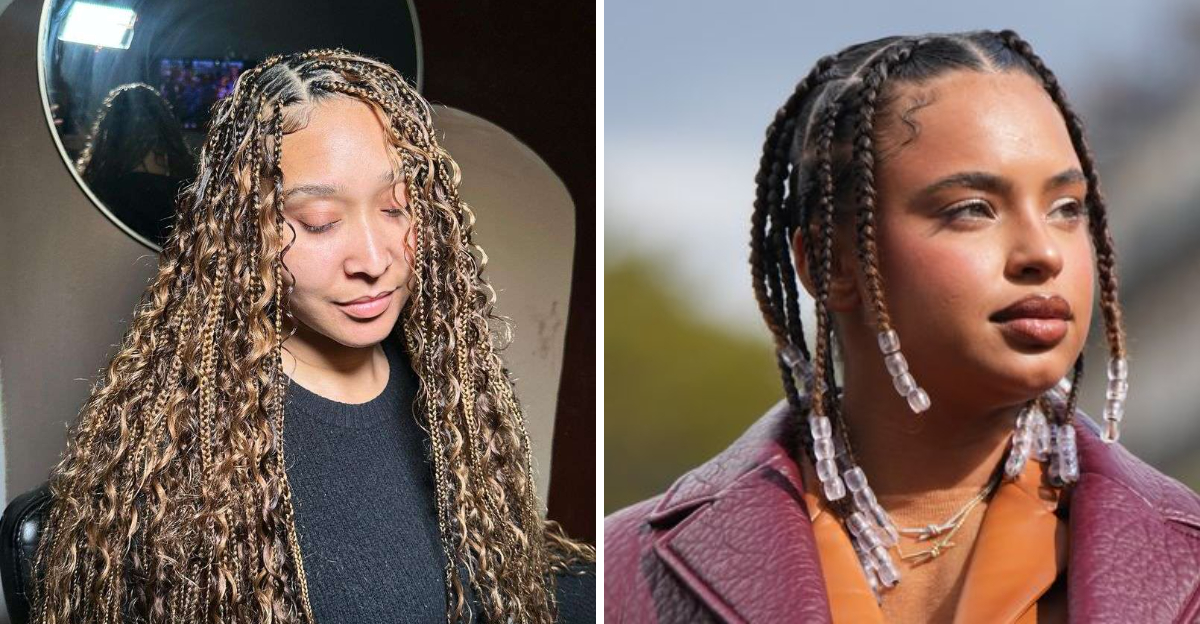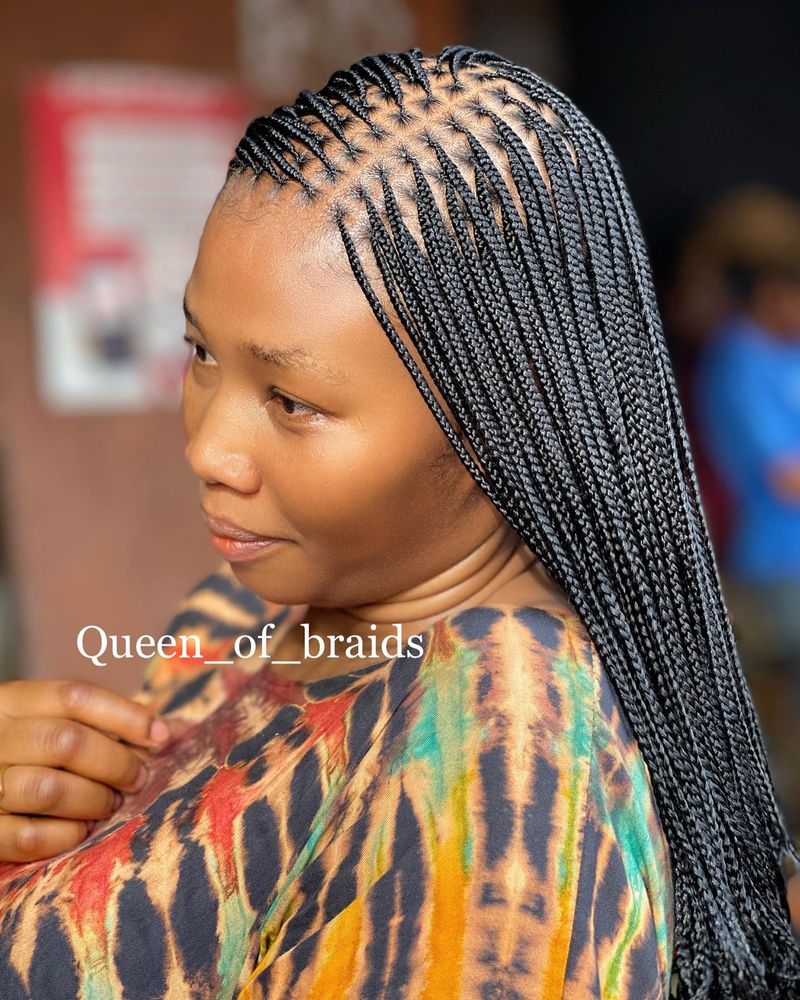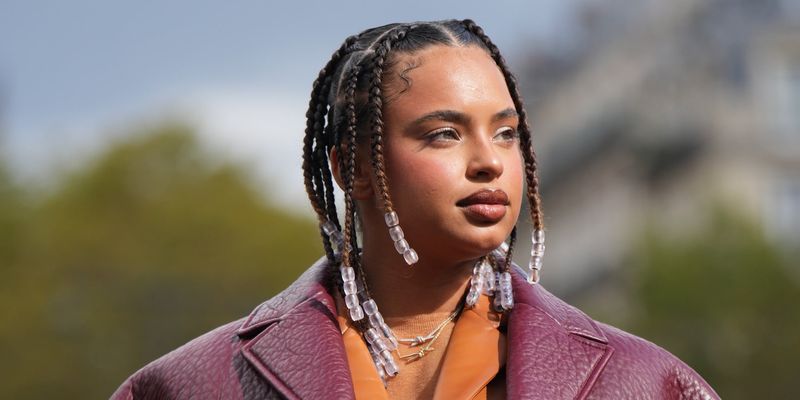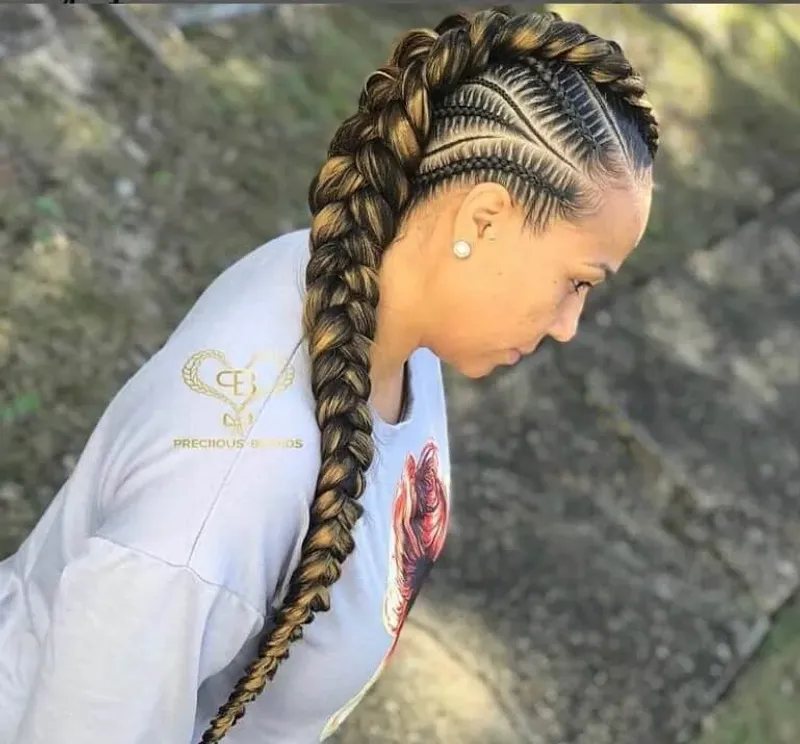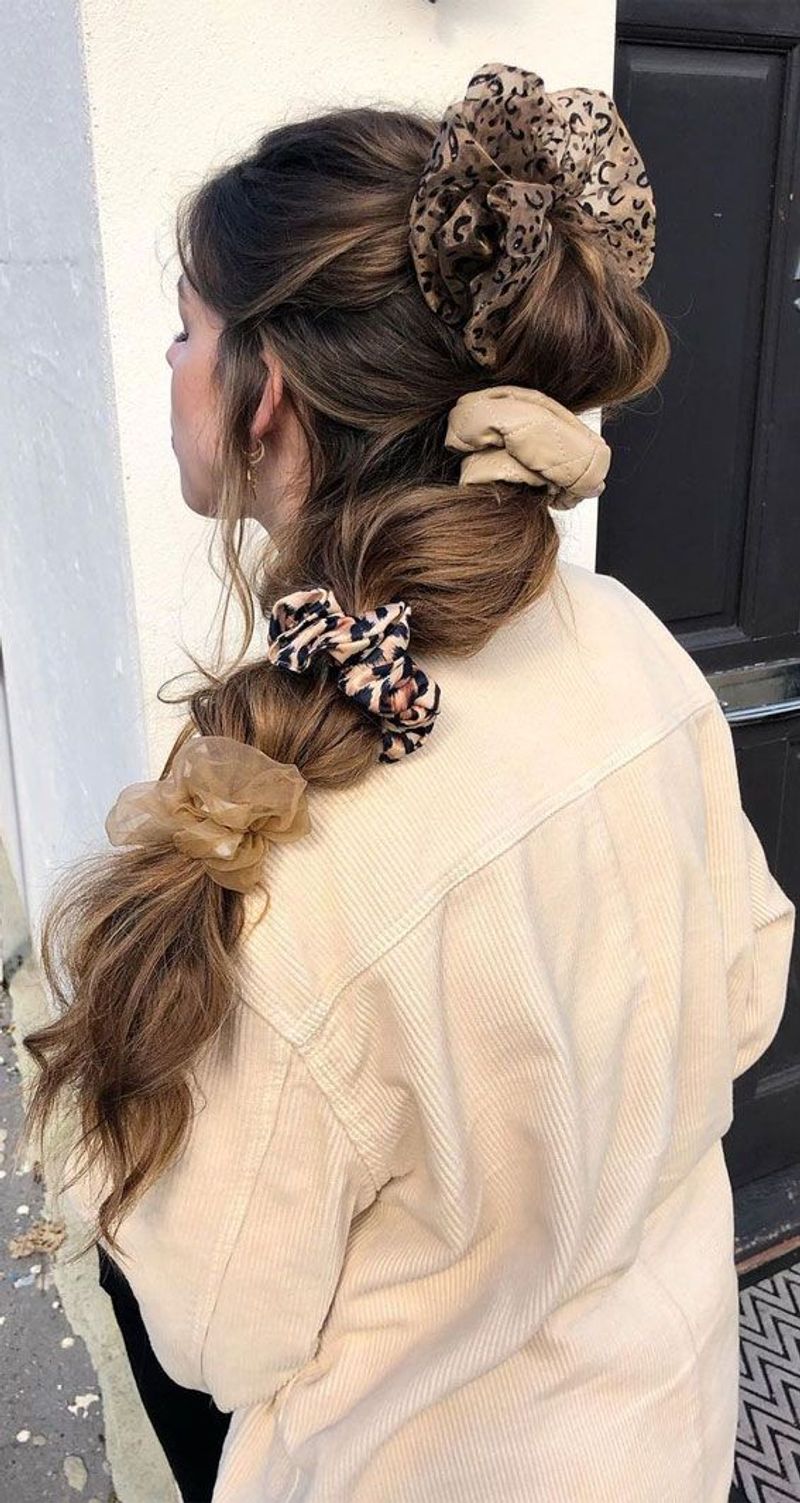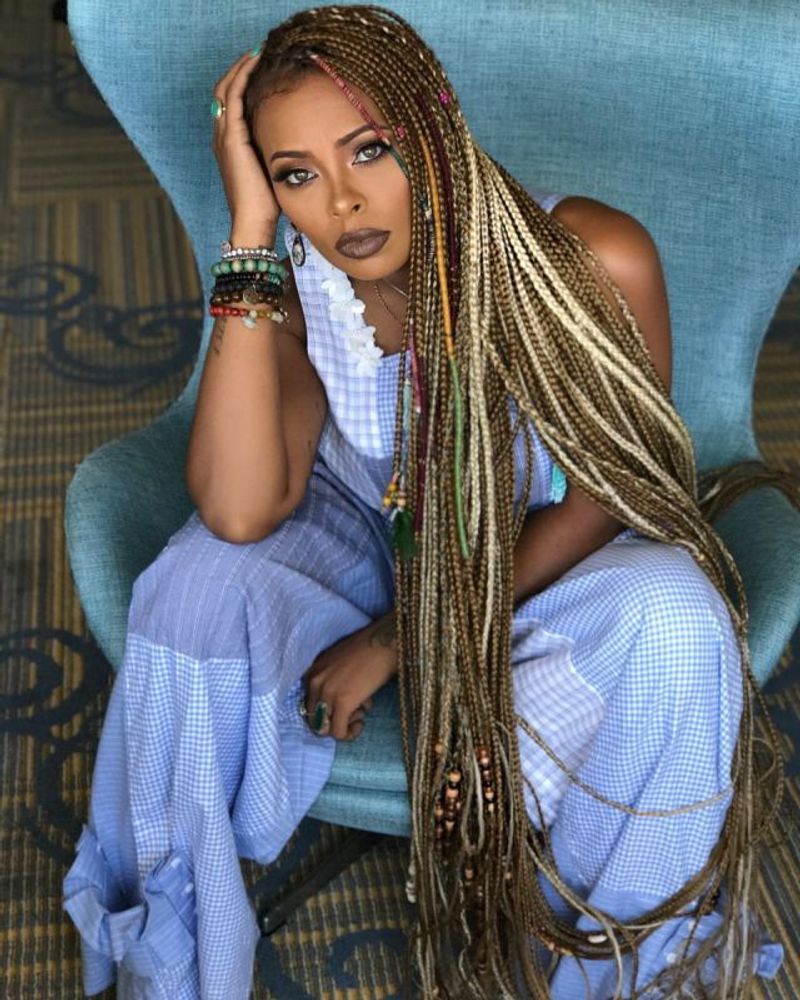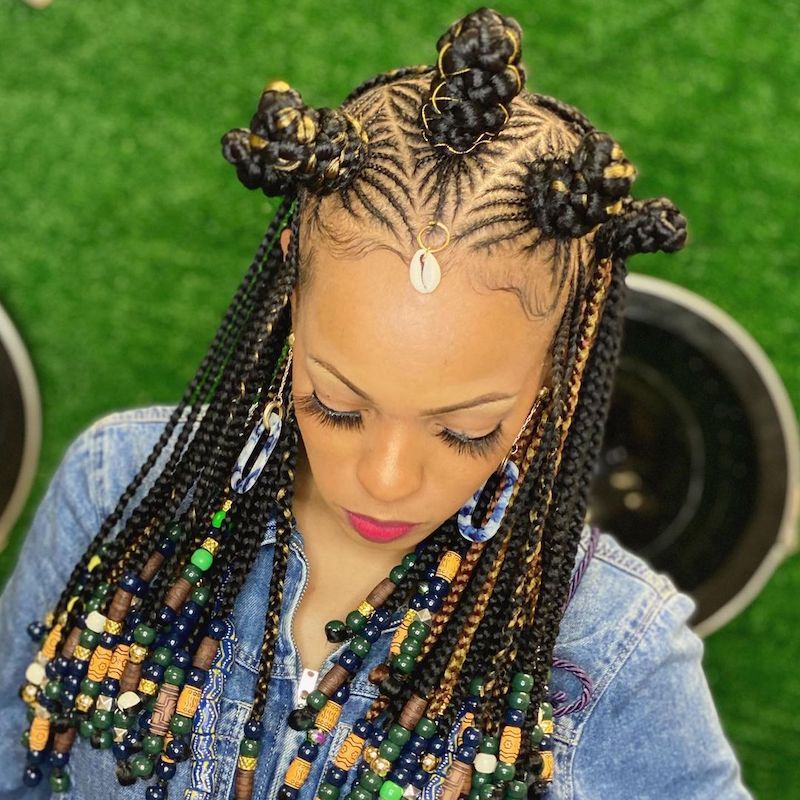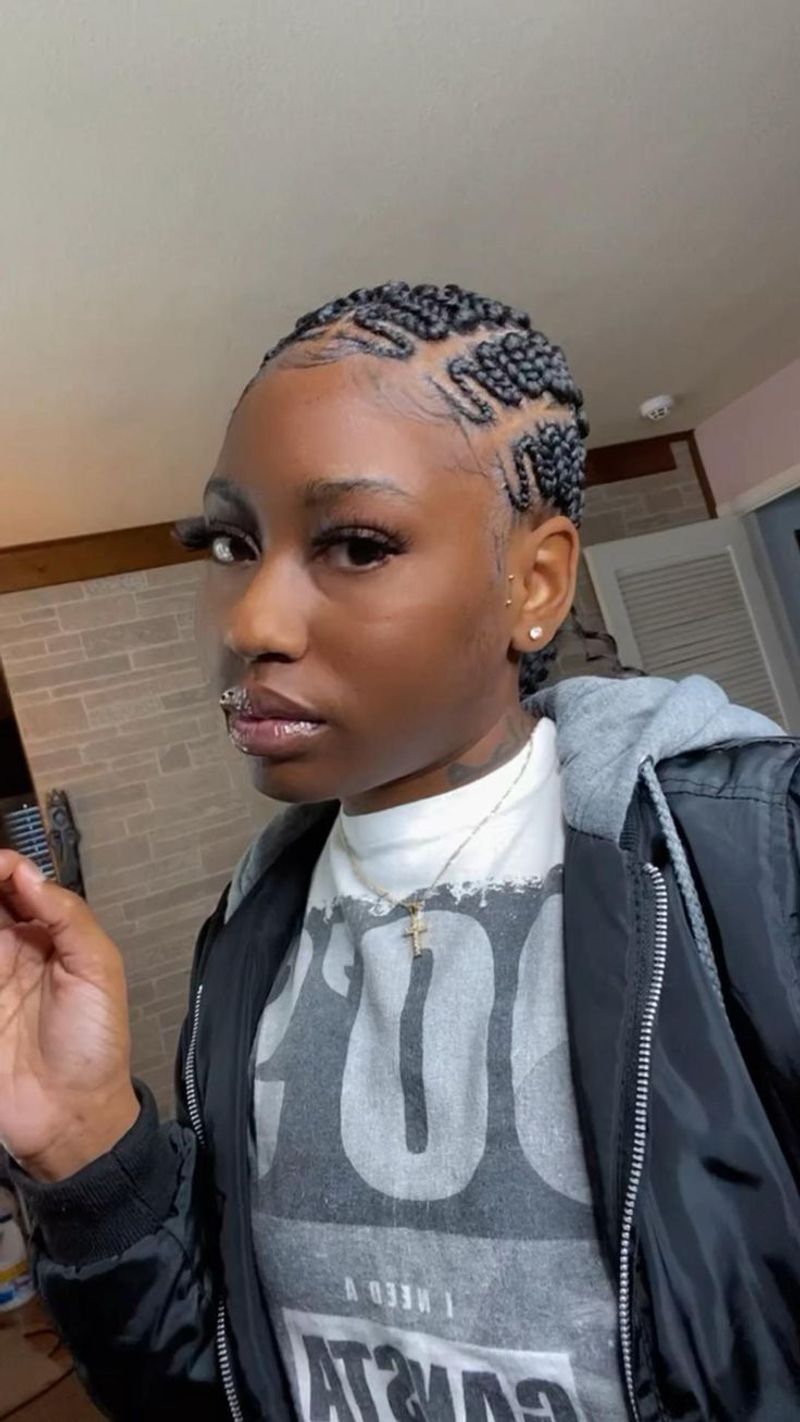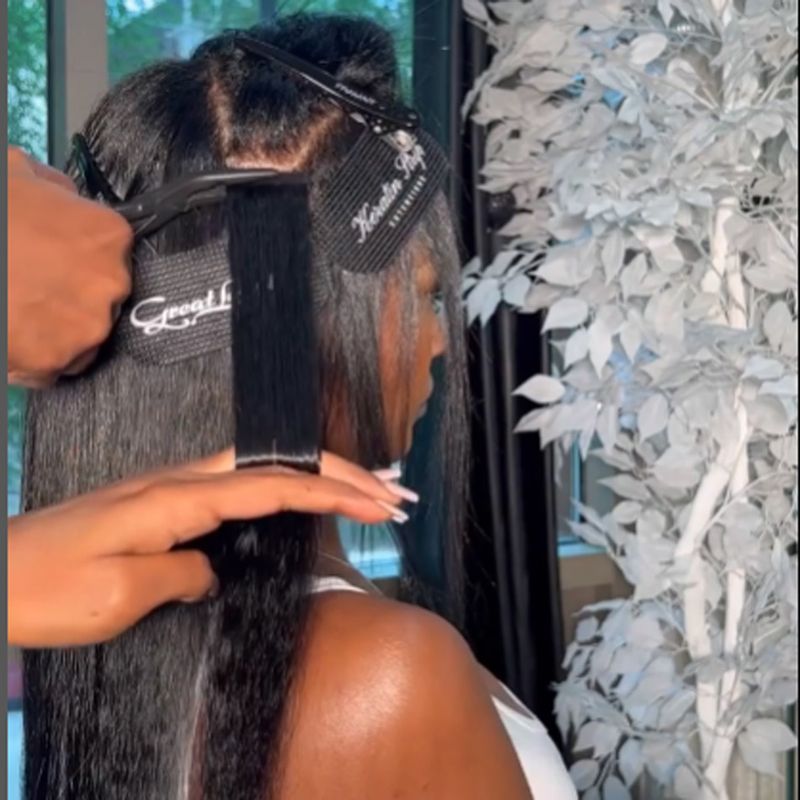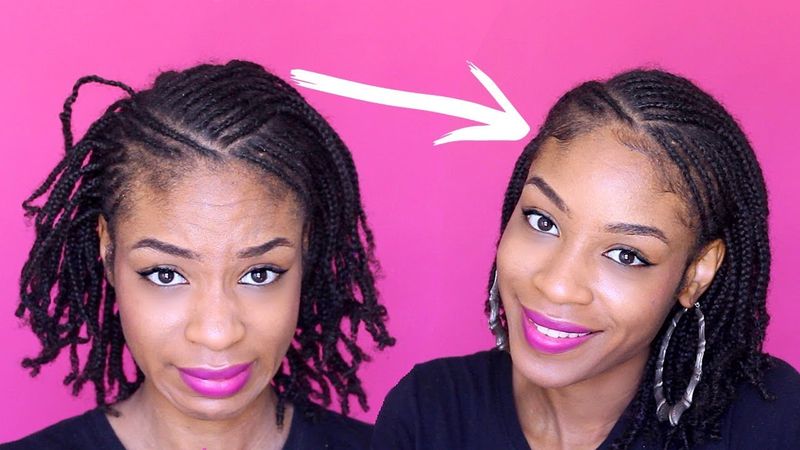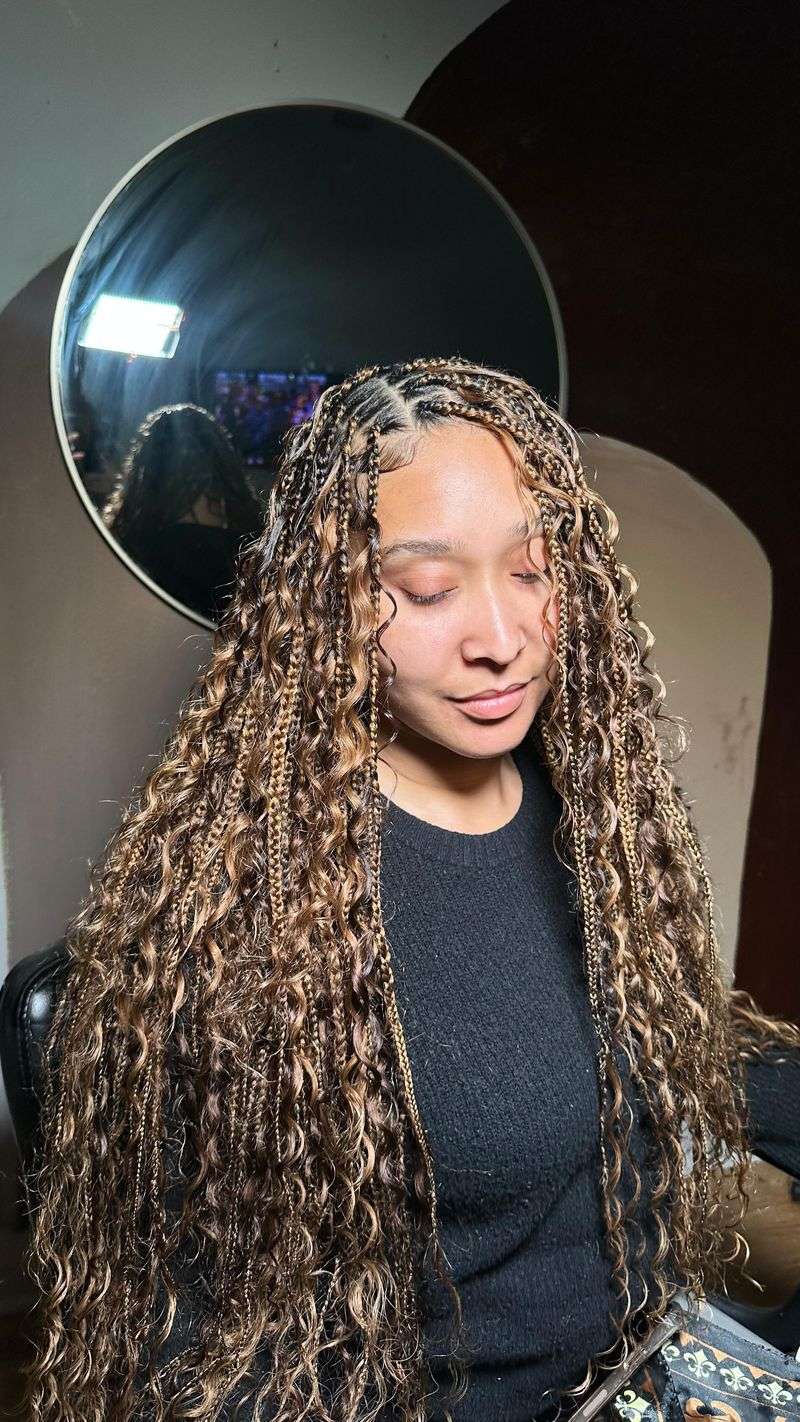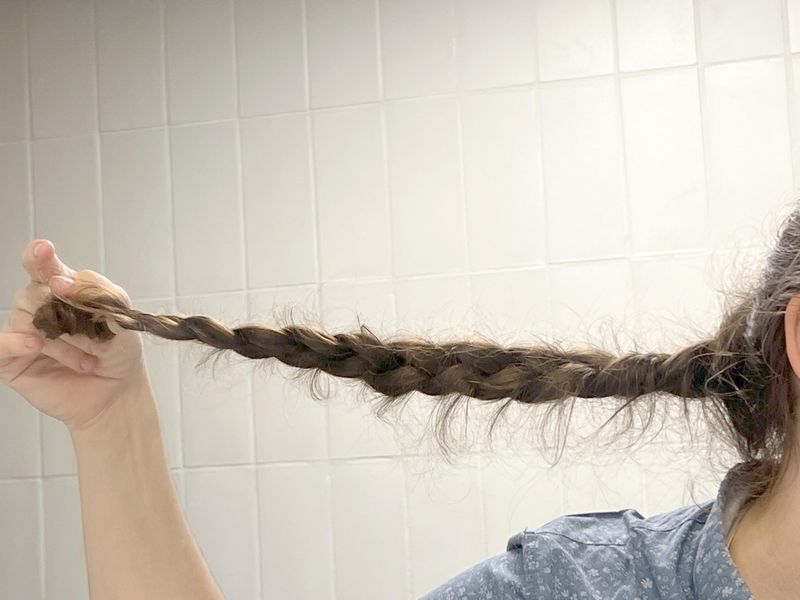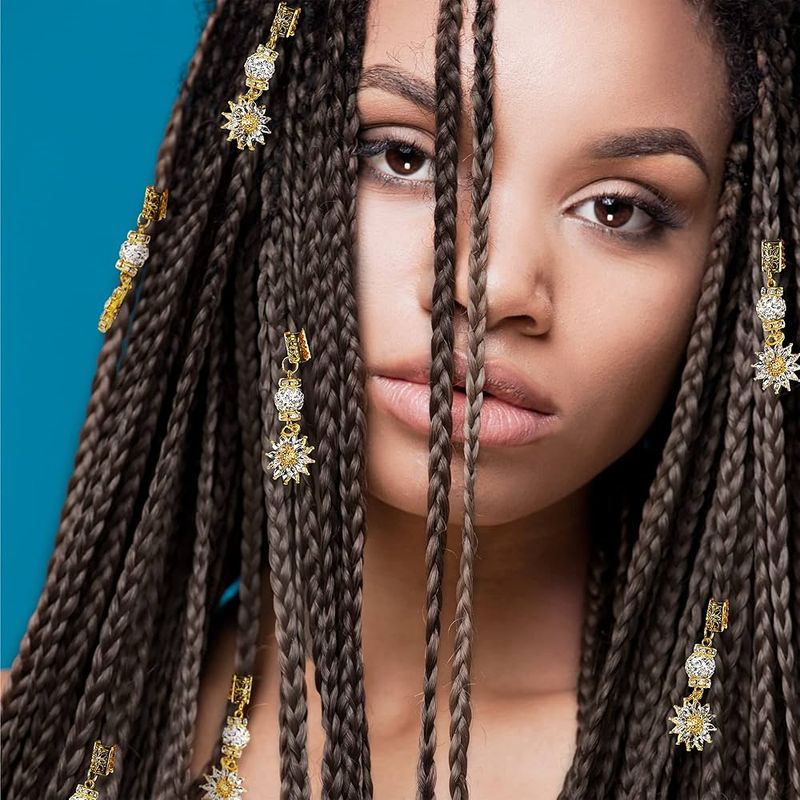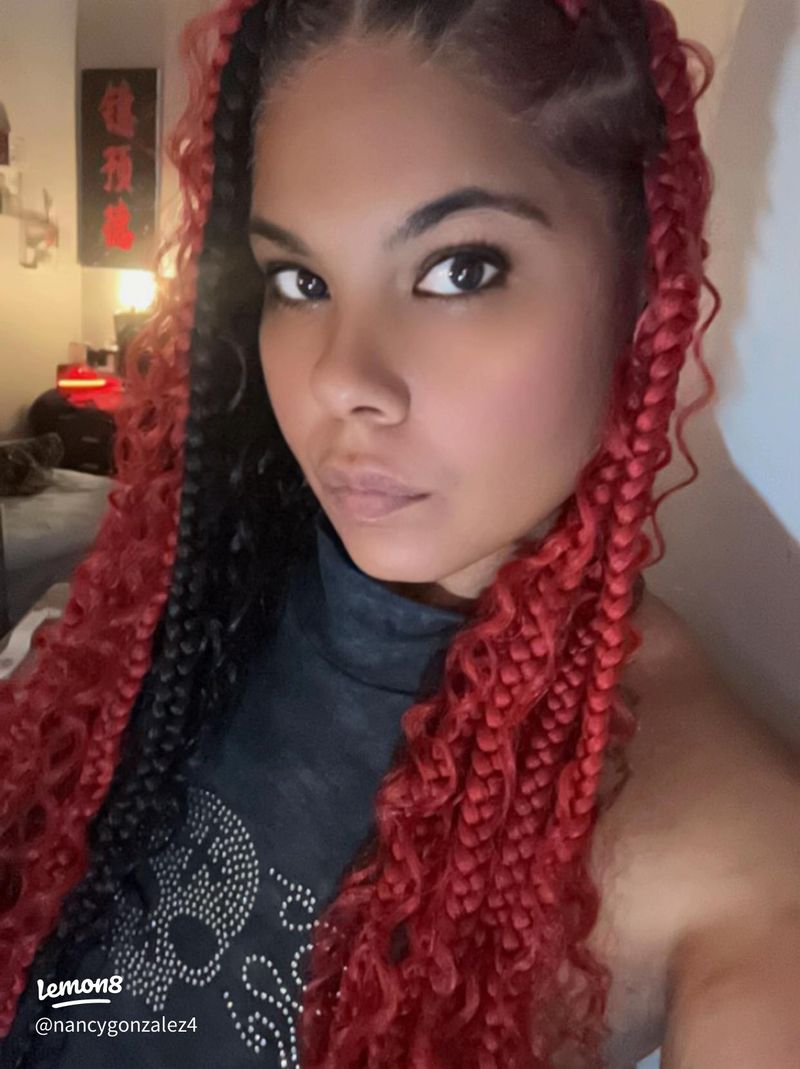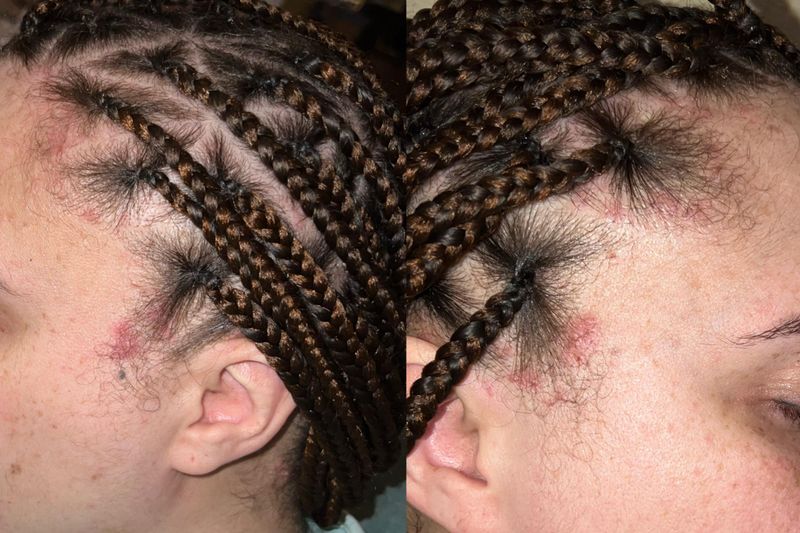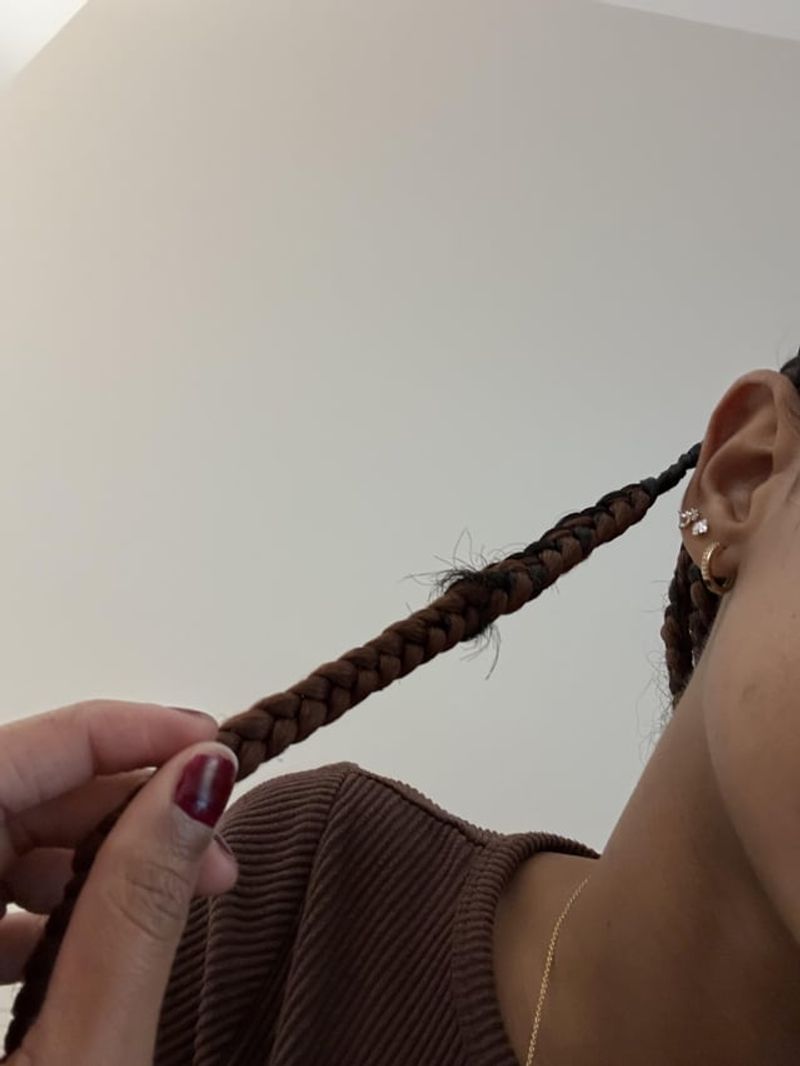Braided hairstyles have evolved dramatically over the years, with some once-popular looks now appearing dated or unflattering. Whether you’re planning your next salon visit or trying DIY braids at home, knowing which styles to avoid can save you from hair regret. Let’s explore outdated braided looks and common mistakes that might be drawing the wrong kind of attention to your locks.
1. Crimped Micro Braids
Remember those super-thin braids with crimped ends from the early 2000s? They’re firmly in the throwback category now.
The maintenance was brutal—hours in the salon chair followed by weeks of careful upkeep. Plus, the tension often caused hairline damage that wasn’t worth the style statement.
2. Box Braids With Beads Overload
Beads can add flair to box braids, but covering every braid end creates a noisy, heavy burden. The constant clicking sound follows you everywhere!
Many women experienced headaches from the extra weight pulling on their scalp. Modern styles use beads more strategically as accent pieces rather than standard endings.
3. Fishtail Braids With Colored Extensions
Neon-colored synthetic hair woven into fishtail braids had their moment around 2015. The harsh contrast between natural hair and bright fake strands now looks jarring.
The synthetic materials often frayed quickly, leaving a messy appearance. Today’s color trends favor more subtle balayage or natural-looking highlights incorporated into braided styles.
4. Braided Mohawks
The braided mohawk—tight side braids leading to a tall center section—screams 2010 fashion magazine. The extreme contrast between slick sides and voluminous top now appears dated.
Creating this look required excessive gel and hairspray. Many women suffered breakage along the temples where the tightest braiding occurred.
5. Spiral Braids With Scrunchies
Those spiral braids wrapped with colorful scrunchies every few inches? Pure 90s nostalgia that hasn’t successfully made a comeback.
The scrunchies created awkward bumps and uneven tension. When sleeping, these accessories dug uncomfortably into the scalp, making the style impractical for anything beyond a themed party.
6. Chunky Highlighted Goddess Braids
Thick goddess braids with chunky blonde or caramel highlights running through them dominated the early 2000s. The stark contrast between dark natural hair and blocky highlights appears harsh by today’s standards.
This style often created an unnatural, striped effect. Modern braided looks favor more blended, subtle dimension rather than these bold, contrasting stripes.
7. Braided Bantu Knots With Beaded Ends
Braiding hair before forming Bantu knots, then adding plastic beads to the ends created a look that’s firmly stuck in the 90s. The beads would click together constantly and catch on clothing.
The style often appeared uneven due to different braid tensions. Current Bantu knot styles favor cleaner lines and more uniform knots without the fussy additions.
8. Zigzag Part Box Braids
Box braids with elaborate zigzag parts created geometric patterns that defined late 90s and early 2000s style. These complex partings now look overly complicated and dated.
The intricate parts often became fuzzy within days. Current box braid trends favor clean, straight parts or more organic, free-form partings that allow for versatile styling.
9. Uneven Tension
Braids with inconsistent tightness create an amateur, sloppy appearance. Some sections pull painfully while others hang loose.
This tension imbalance causes uneven stress on the scalp. Beyond looking unprofessional, the varying pressure points can lead to breakage and traction alopecia in overtightened areas.
10. Visible Extensions Tracks
Nothing ruins a braided style faster than obvious extension tracks showing through. The telltale line where synthetic hair meets natural hair creates an instant credibility problem.
Poor blending often results from using the wrong hair texture or color. Professional stylists take time to select extensions that match natural hair precisely.
11. Fuzzy, Unkempt Edges
Freshly done braids with already-fuzzy edges signal poor installation technique. The flyaways and frizz around the hairline create a messy first impression.
This common mistake happens when stylists rush the braiding process. Quality braided styles include careful edge work with appropriate products to ensure a clean, polished hairline that frames the face beautifully.
12. Braids Too Heavy For Hair Type
Massive, waist-length braids on fine or damaged hair create painful tension. The weight pulls constantly on fragile strands and sensitive scalps.
This mismatch often leads to breakage along the hairline. Smart styling means choosing braid size and length appropriate for your natural hair’s strength and density.
13. Dirty, Product-Buildup Braids
Braids coated with visible white residue from dry shampoo, styling products, or improper washing are instantly off-putting. The chalky buildup collects in crevices between braids.
This common mistake happens when people avoid properly cleansing their scalp. Regular, gentle cleansing prevents this embarrassing product accumulation without compromising the style’s longevity.
14. Braids With Damaged Ends
Frayed, unraveling braid ends create a shabby appearance that negates the polished look of even the most skillfully installed braids. The split ends catch on clothing and tangle easily.
This issue often results from keeping protective styles too long. Regular maintenance and timely style changes prevent this deterioration from undermining your entire look.
15. Over-Accessorized Braids
Braids simultaneously adorned with beads, cuffs, string wraps, and charms create visual chaos. The competing elements overwhelm rather than enhance the hairstyle.
This common mistake stems from enthusiasm for personalization. Effective styling uses accessories strategically as focal points rather than covering every available space with decorative elements.
16. Severely Mismatched Color
Braiding extensions in colors that clash dramatically with natural hair creates a jarring, artificial look. The harsh line between natural roots and synthetic color appears obviously fake.
This mistake happens when selecting trendy colors without considering skin tone. Successful colored braids incorporate transitional shades or strategic placement that complements rather than fights with natural coloring.
17. Scalp Irritation Ignored
Red, bumpy, or flaking scalp visible between braids signals serious irritation that shouldn’t be ignored. The discomfort often leads to scratching, which further damages both the style and scalp health.
This problem typically results from braids installed too tightly. Proper installation prioritizes comfort over extreme tension, preventing this painful and unsightly reaction.
18. Inconsistent Braid Sizes
Braids that vary dramatically in thickness throughout the head create an unintentionally asymmetrical look. Some sections appear bulky while others seem sparse.
This mistake usually stems from rushing or inexperience. Professional braided styles maintain consistent sizing throughout, creating a harmonious pattern that frames facial features beautifully.

